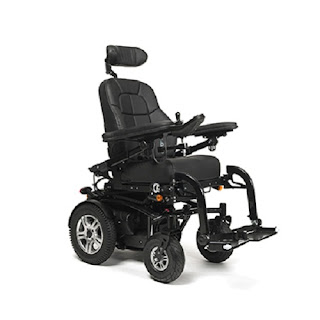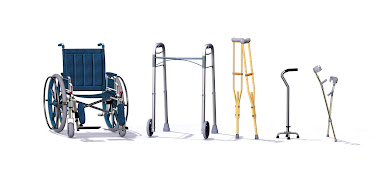5 Essential Tips for Safe and Effective Walker Use
Welcome to our guide on safe and effective walker use! In this comprehensive blog post, we will delve into the importance of using walkers correctly to ensure safety and maximise their effectiveness as mobility aids.
We understand the significance of maintaining independence and mobility and using walkers can significantly contribute to achieving these goals. Throughout this guide, we will explore five essential tips that will help you make the most out of your Best walker NZ while prioritising your safety.
Tip 1: Choose the Right Walker for Your Needs
The first and most crucial tip for safe and effective walker use is selecting the right type of walker that aligns with your individual needs and physical abilities. Walkers come in various forms, including standard walkers, rollators, and knee walkers. Each type has its unique features and benefits.
Standard walkers are ideal for providing stable support, while rollators offer additional features such as wheels and brakes, making them suitable for individuals who require more maneuverability. On the other hand, knee walkers are designed for individuals who need to keep weight off one foot or leg. It is essential to consult with healthcare professionals who can offer valuable guidance in choosing the most suitable walker based on your specific requirements.
Tip 2: Adjusting and Using the Walker Properly
Once you have chosen the right walker NZ , it is imperative to adjust it to match your height and ensure proper posture and comfort while walking. Simple step-by-step instructions can guide you through the process of adjusting the walker's height to achieve an ergonomic fit.
Properly gripping the handles and distributing weight evenly on the walker are critical aspects of using the walker effectively. Additionally, safety tips such as maintaining awareness of your surroundings while walking and using brakes when necessary should be followed to ensure a safe walking experience.

Tip 3: Maintaining Proper Posture and Movement
Maintaining proper posture while using a walker is essential to prevent strain or injury. We will emphasise the significance of walking with a smooth, steady gait, avoiding sudden movements or overexertion.
In addition to these tips, we will also suggest exercises or stretches that can complement walker use, enhancing strength and flexibility.
Tip 4: Ensuring Safety in Different Environments
Different environments present unique challenges for individuals using walkers. We will address potential hazards in various settings, such as uneven surfaces, stairs, and crowded areas, offering guidance on navigating these terrains safely.
As an additional measure, we will recommend accessories like trays or pouches for carrying items conveniently without compromising balance, enhancing the overall safety and convenience of walker use.
Tip 5: Regular Maintenance and Inspection of Walker
Finally, we will delve into the importance of regular maintenance and inspection of the walker's components, including wheels, brakes, and bolts.
Simple yet effective maintenance tips will be provided to help you keep your walker in optimal condition, ensuring its longevity and performance. If any concerns or issues arise with the walker NZ, we will suggest seeking professional assistance to address them promptly.
Conclusion
In conclusion, the safe and effective use of walkers plays a pivotal role in enhancing mobility and independence for individuals. By summarising the key points from each tip, we reiterate the significance of following these essential guidelines for using walkers safely and effectively.
We encourage our readers to share their experiences with using walkers, fostering a sense of community and support among individuals who rely on these mobility aids.



Comments
Post a Comment